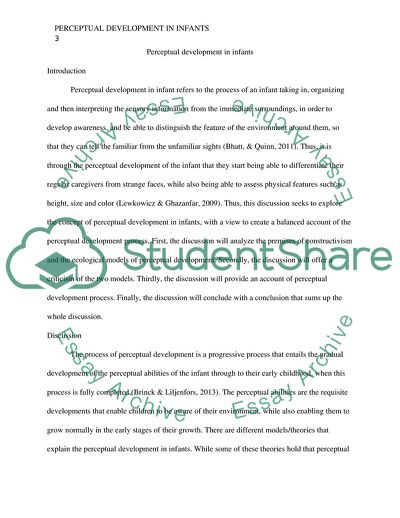Cite this document
(Perceptual Development in Infants Coursework Example | Topics and Well Written Essays - 1750 words, n.d.)
Perceptual Development in Infants Coursework Example | Topics and Well Written Essays - 1750 words. https://studentshare.org/psychology/1823838-perceptual-development-in-infants
Perceptual Development in Infants Coursework Example | Topics and Well Written Essays - 1750 words. https://studentshare.org/psychology/1823838-perceptual-development-in-infants
(Perceptual Development in Infants Coursework Example | Topics and Well Written Essays - 1750 Words)
Perceptual Development in Infants Coursework Example | Topics and Well Written Essays - 1750 Words. https://studentshare.org/psychology/1823838-perceptual-development-in-infants.
Perceptual Development in Infants Coursework Example | Topics and Well Written Essays - 1750 Words. https://studentshare.org/psychology/1823838-perceptual-development-in-infants.
“Perceptual Development in Infants Coursework Example | Topics and Well Written Essays - 1750 Words”. https://studentshare.org/psychology/1823838-perceptual-development-in-infants.


